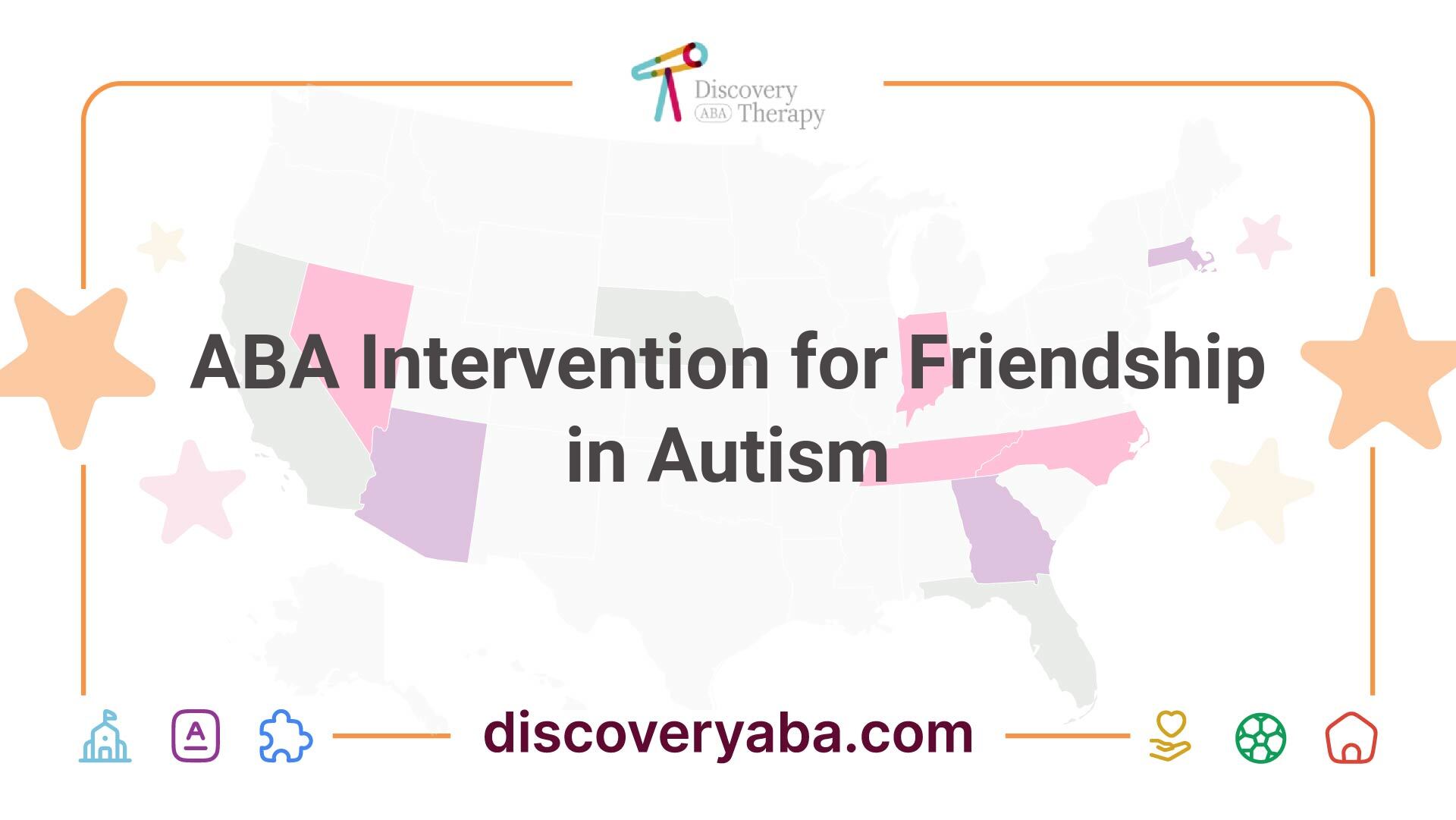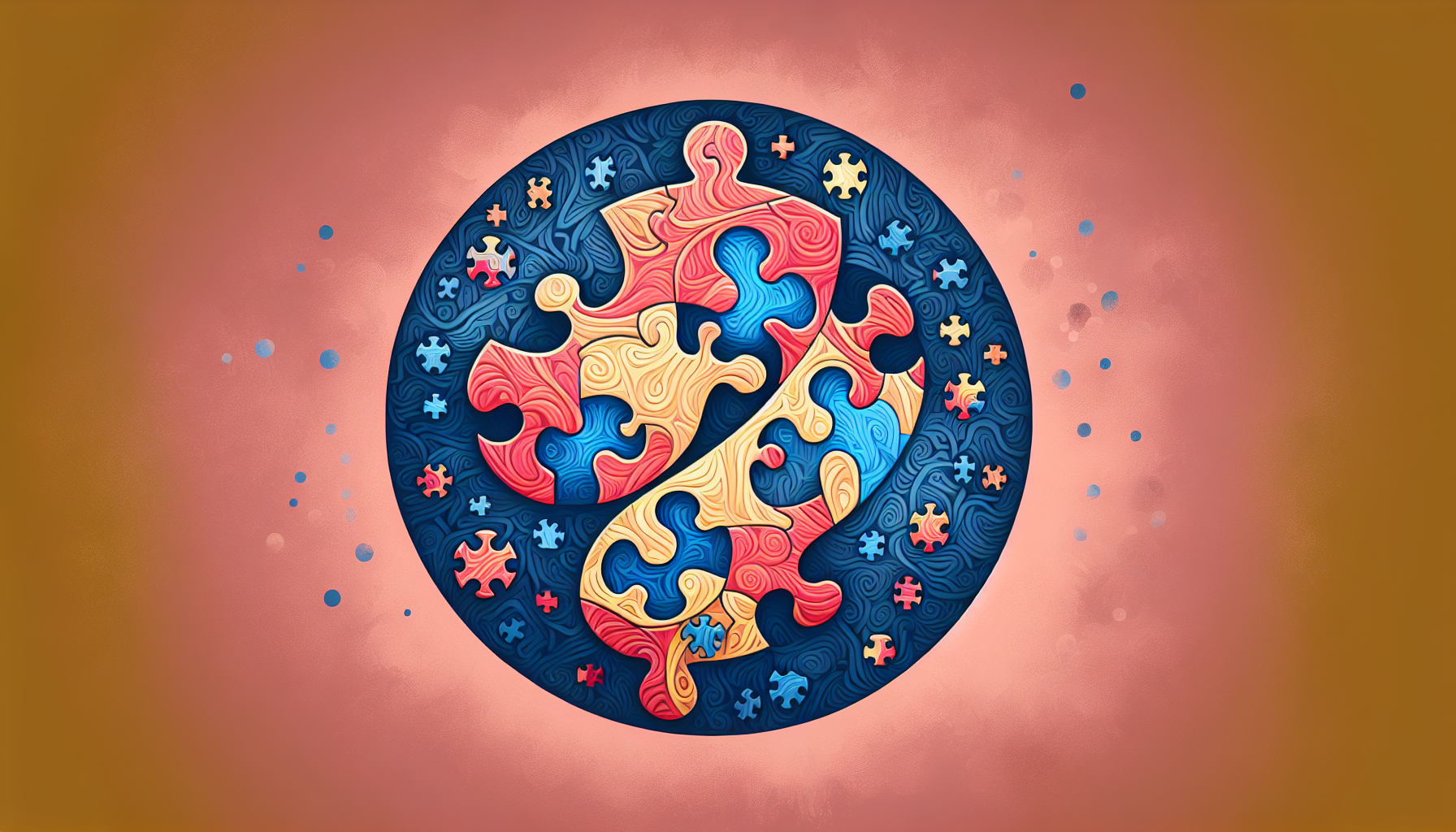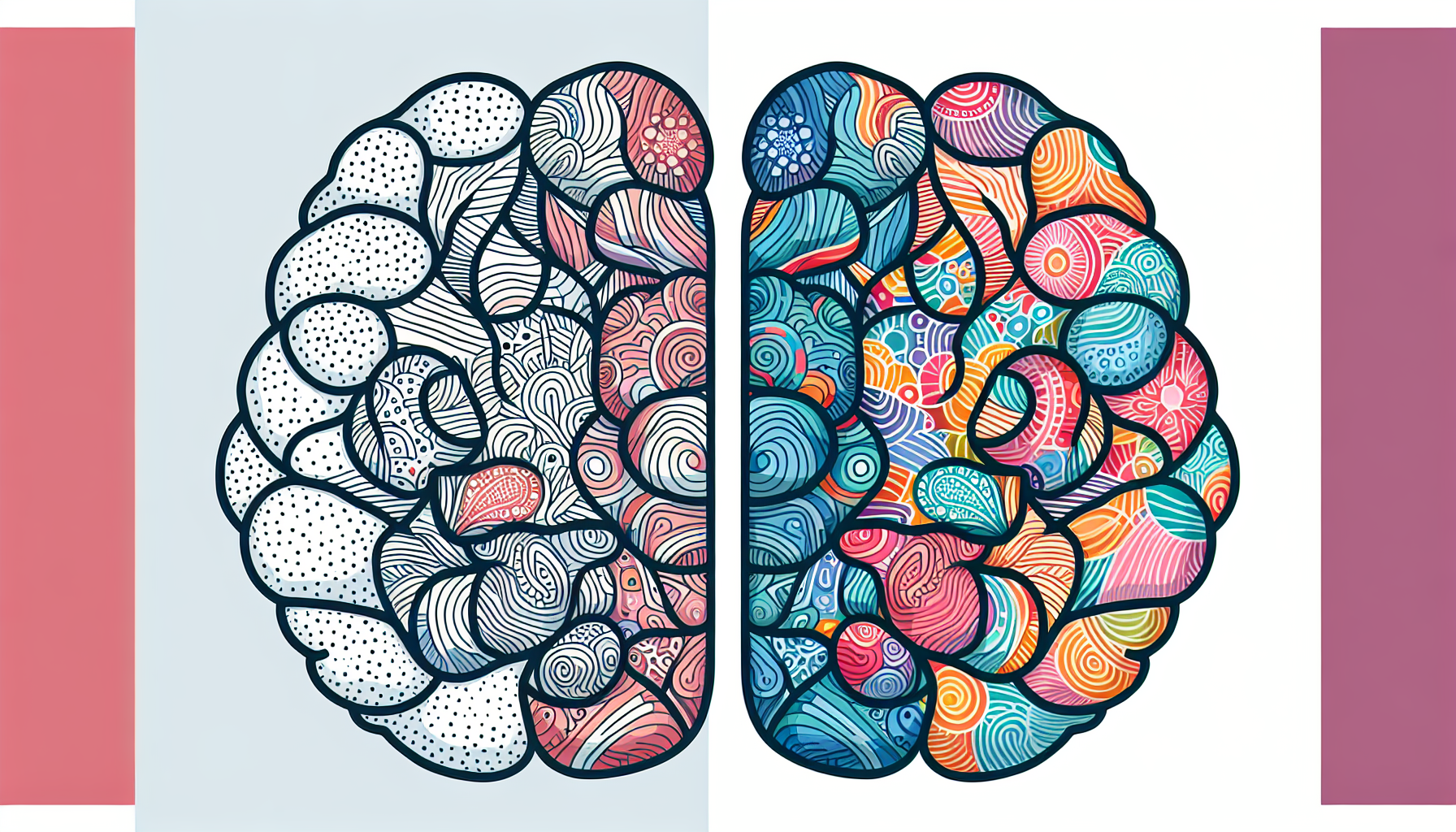ABA for Adults with Autism: What to Expect?
Discover ABA for adults with autism: what to expect, from skill development to workplace support.
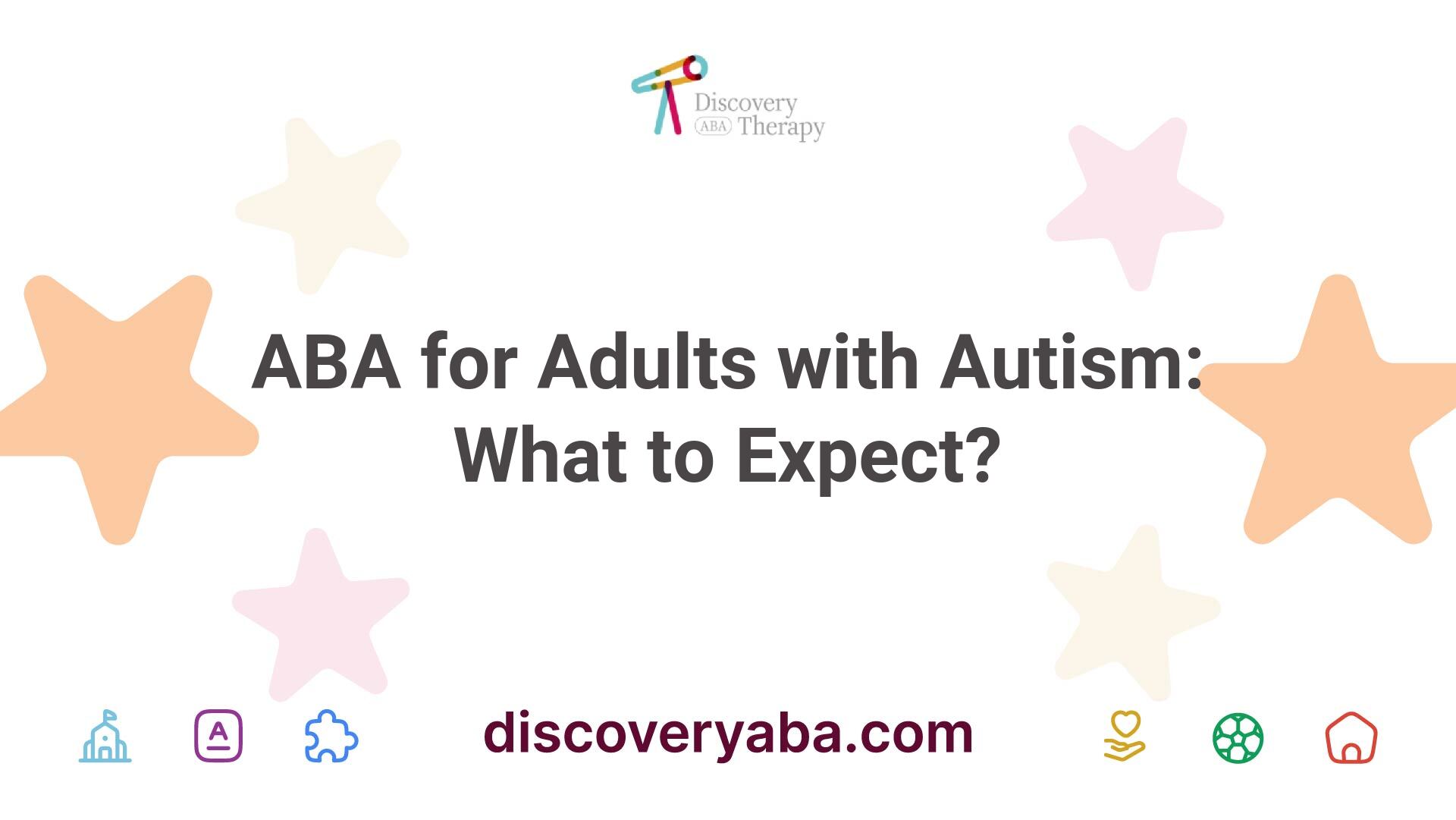
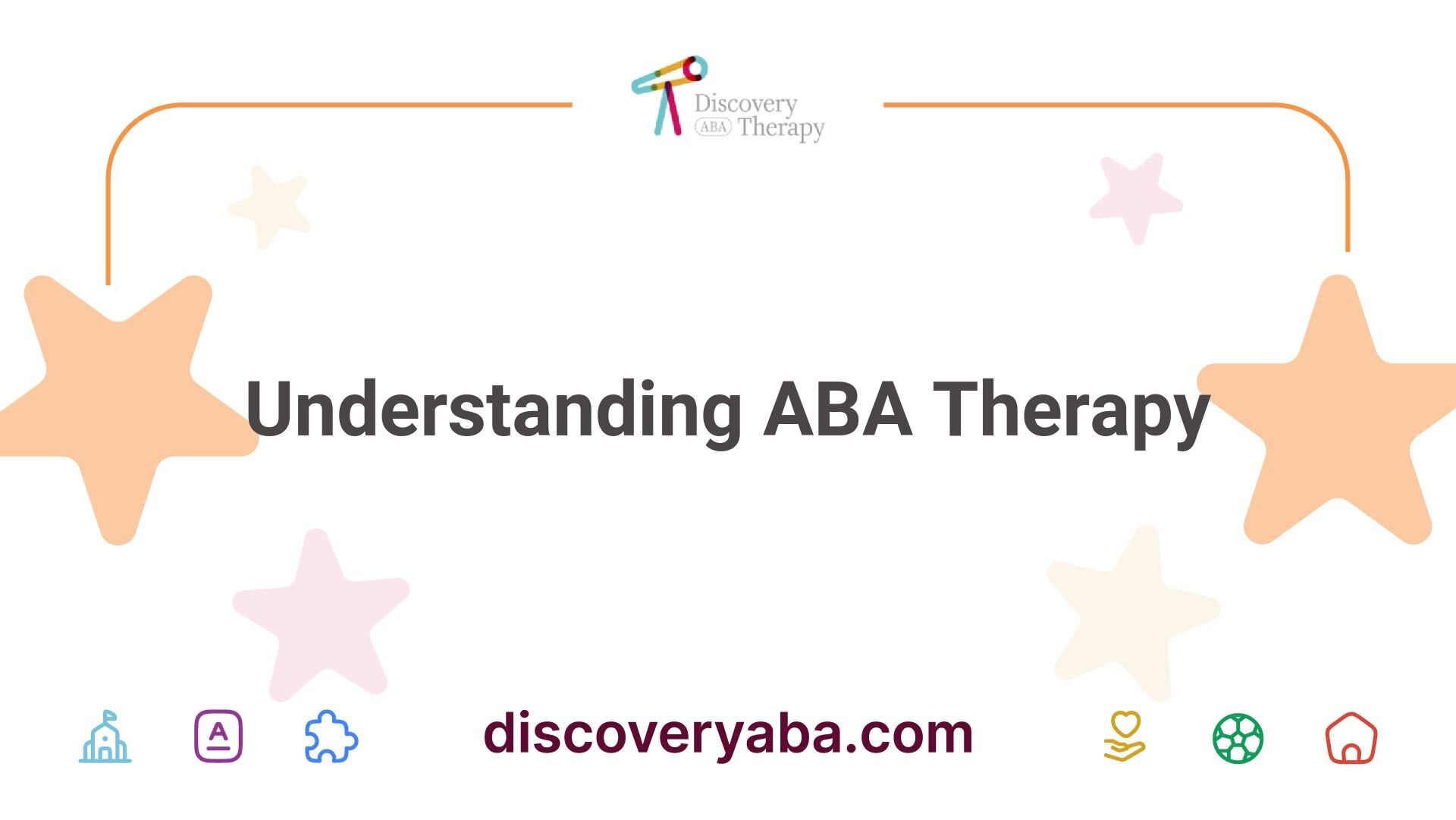
Understanding ABA Therapy
Applied Behavior Analysis (ABA) is a therapeutic approach that utilizes the principles of behavior to develop meaningful skills and improve communication for individuals with autism. This section will explore the core principles of ABA therapy and its effectiveness across different age groups.
Core Principles of ABA
The foundation of ABA therapy is based on systematic behavior analysis, which includes the implementation of evidence-based interventions and continuous assessment of progress. A qualified and trained behavior analyst, known as a Board-Certified Behavior Analyst (BCBA), designs and oversees the ABA program for each individual. The program is tailored to the learner's skills, needs, interests, preferences, and family situation Autism Speaks.
In ABA therapy, positive reinforcement is a primary strategy to encourage desirable behavior changes. This involves rewarding desired behaviors with positive consequences such as praise, toys, or access to enjoyable activities. Punishment should not be part of ABA interventions, as the approach emphasizes the importance of constructive learning through positive engagement Autism Speaks.
Core PrincipleDescriptionSystematic AnalysisEvaluation of behavior through established metrics and observations.Evidence-Based InterventionsUse of proven interventions tailored to individual needs.Continuous AssessmentRegular monitoring of progress and adjustment of strategies as needed.Positive ReinforcementUse of rewards to promote desired behaviors.
Effectiveness Across Ages
ABA therapy has a long history of application, having helped children with autism since the 1960s Autism Speaks. Notably, ABA techniques are effective for individuals of all ages, from early childhood through adulthood. While the specific applications may differ, the core principles remain constant.
Adults can effectively utilize ABA principles to enhance communication, achieve personal goals, and adapt to different situations in their daily lives. The flexibility of ABA allows it to be integrated into various settings, thereby providing ongoing support and skill development throughout a person's life Autism Speaks.
Age GroupABA EffectivenessChildrenSkill acquisition and foundational behavior modification.AdolescentsDevelopment of independence and social skills.AdultsContinued personal growth and adjustment skills across environments.
Understanding these core principles and the effectiveness of ABA across various ages can help parents and caregivers navigate the process of implementing ABA for adults with autism: what to expect, and how to foster a supportive environment for growth. For more targeted interventions, explore topics like ABA for independence in adolescents with autism or ABA for sleep challenges in autism.
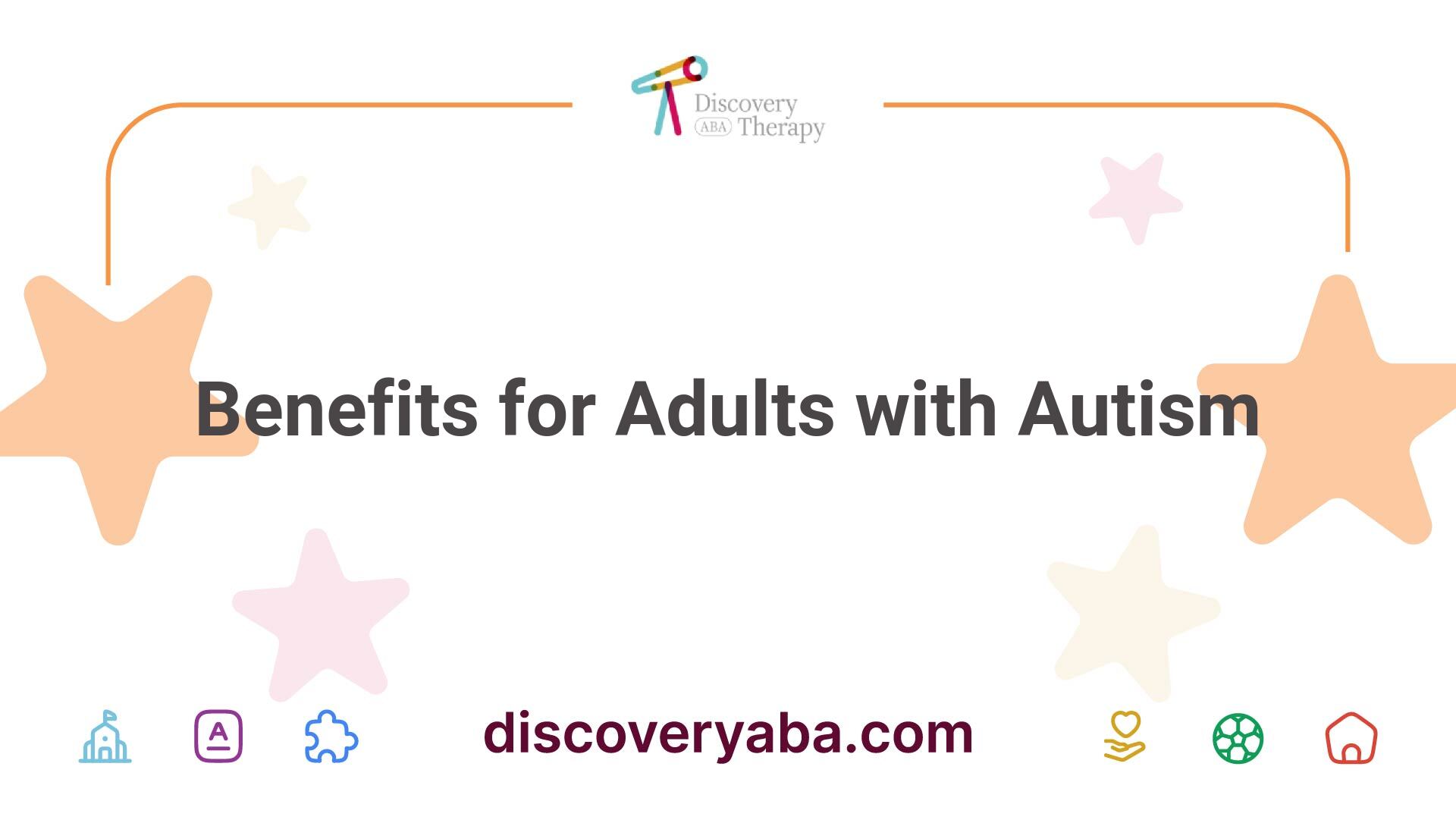
Benefits for Adults with Autism
ABA (Applied Behavior Analysis) therapy offers numerous benefits for adults with Autism Spectrum Disorder (ASD). This section explores two key areas: skill development and emotional regulation support.
Skill Development
ABA therapy plays a crucial role in enhancing various skills for adults with autism, including daily living skills, social communication, and vocational training. Customized interventions can focus on specific areas needed for personal growth and independence.
Skill AreaDescriptionDaily Living SkillsSkills such as cooking, cleaning, and personal hygiene are targeted, promoting greater self-sufficiency. (ABA for Self-Care Skills in Autism)Social CommunicationPrograms may focus on improving interactions and relationships, aiding in effective communication. (ABA for Social Communication in Autism)Vocational SkillsSkill-building sessions designed to help secure and maintain employment. This includes navigating workplace dynamics.
The flexibility of ABA programs ensures that they can be tailored to meet the unique needs and goals of each individual, fostering skills that enhance independence and quality of life.
Emotional Regulation Support
Individuals with ASD often experience challenges with emotional regulation and behavior management. ABA therapy addresses these issues by helping identify triggers and implementing effective coping mechanisms.
Emotional Regulation StrategyDescriptionTrigger IdentificationRecognizing what causes emotional responses assists in developing strategies to manage them.Coping MechanismsTechniques are taught to handle stress and frustration, improving overall emotional well-being. (Teaching Emotional Expression with ABA)Reinforcement of Positive BehaviorsPositive behaviors are rewarded, which can reduce problematic behavior patterns and enhance adaptive functioning.
These strategies not only foster emotional well-being but also significantly improve the ability to adapt to various life situations. The effectiveness of ABA in this context relies on ongoing assessment and the capability to adjust interventions as needed. For more insights into independence during transitions, refer to ABA for Transitioning Between Activities.
By focusing on skill development and emotional regulation, ABA therapy provides substantial benefits, helping adults with autism reach their full potential. For a comprehensive perspective on academic success, consider looking into ABA for Academic Success in Autism and ABA for Sleep Challenges in Autism.
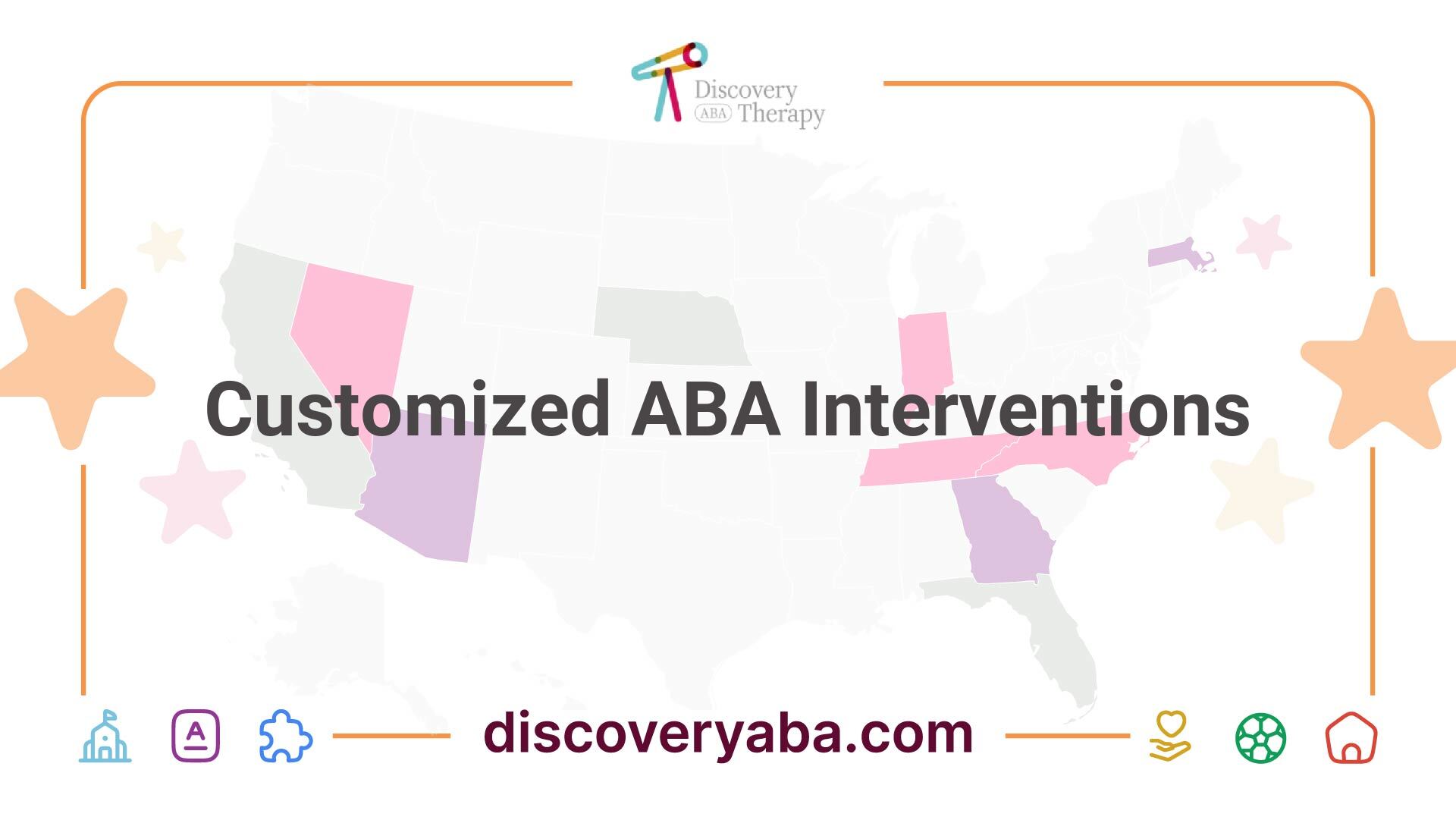
Customized ABA Interventions
ABA therapy for adults with autism is tailored to meet individual needs. These customized interventions cover various critical areas, ensuring participants receive comprehensive support.
Areas Covered
The areas addressed in ABA interventions for adults may include:
AreaDescriptionSocial SkillsEnhancing interaction and relationship-building abilities, allowing individuals to connect better with others.CommunicationImproving verbal and nonverbal communication skills, facilitating clearer expression of needs and feelings.Vocational TrainingPreparing adults for employment through skill development tailored to specific job requirements and workplace dynamics.Independent Living SkillsTeaching essential daily living skills such as cooking, cleaning, and personal hygiene to foster self-sufficiency.
These targeted areas focus on overcoming specific challenges faced by individuals on the autism spectrum, enabling them to lead more independent lives (Quality Behavior Solutions).
Tailored Approach
Each ABA program is customized. This tailored approach ensures interventions align with the unique needs and aspirations of the individual. Key considerations include:
Customizing ABA therapy for autism not only addresses immediate needs but also supports long-term development and empowerment. For more insights into independence in adolescents, check aba for independence in adolescents with autism.
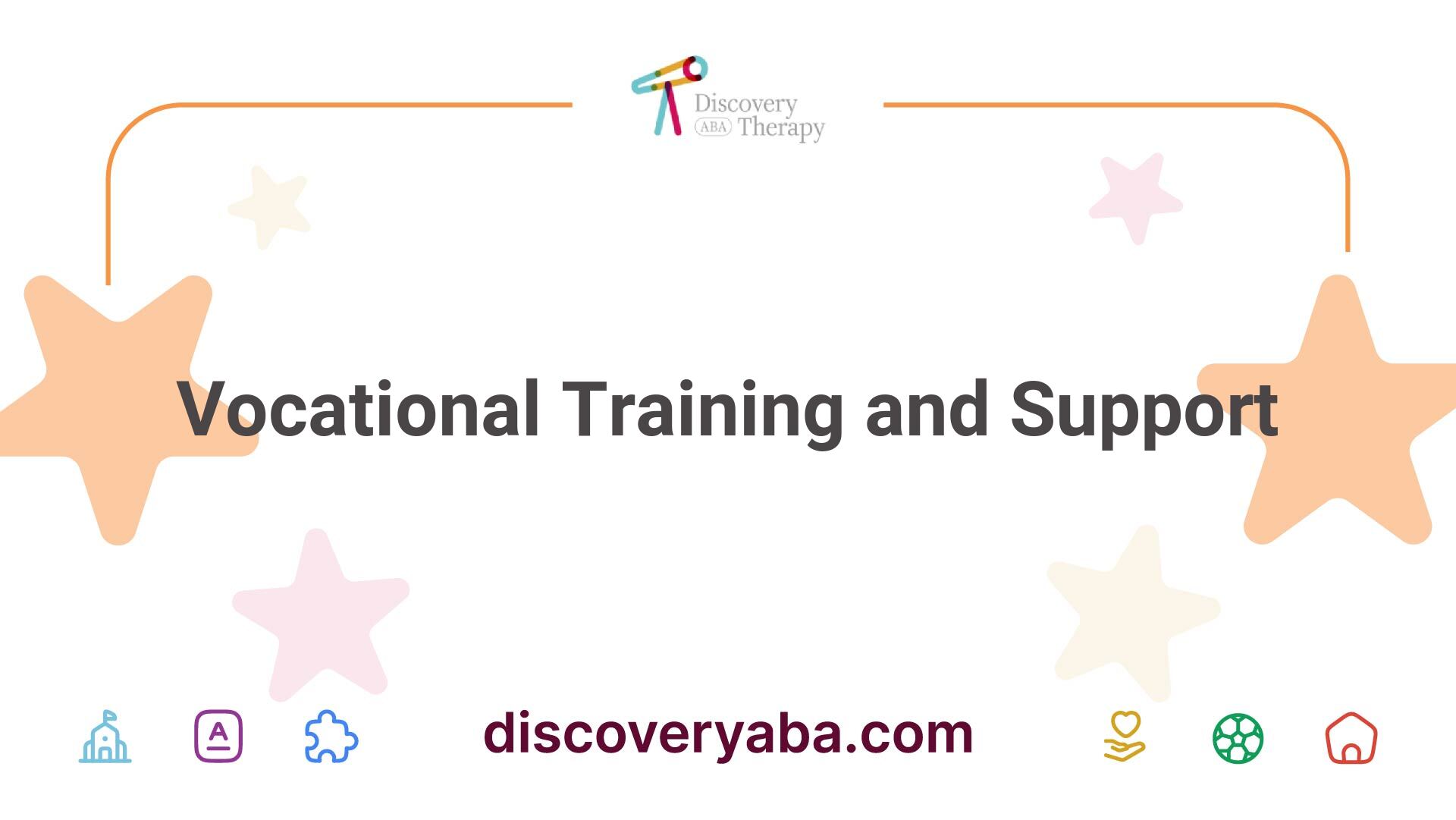
Vocational Training and Support
Role in Securing Employment
Applied Behavior Analysis (ABA) therapy can play a pivotal role in vocational training and support for adults with Autism Spectrum Disorders. This approach not only assists in securing employment but also helps in maintaining it over time. Through tailored interventions, ABA focuses on skill-building sessions designed to enhance job-related skills, which may include communication, social interaction, and specific technical abilities relevant to the workstation.
Various aspects are addressed during training to prepare individuals for the workplace. This includes sensory accommodations, which can help autistic adults navigate often overwhelming environments. Additionally, ABA strategies are employed to teach effective coping mechanisms for workplace dynamics, ensuring smoother interactions with colleagues and supervisors. For parents and caregivers seeking more information on independence, refer to our resources on aba for independence in adolescents with autism.
Employment Skill AreasImportant Skills TaughtCommunicationVerbal and nonverbal skills, listeningSocial InteractionsUnderstanding social cues, teamworkTime ManagementScheduling, prioritizing tasksJob-Related SkillsTechnical abilities specific to the job
Workplace Strategies
Once employed, individuals benefit from specific workplace strategies rooted in ABA principles. These strategies help create an environment conducive to productivity and comfort. Here are some key approaches that can be implemented:
By exploring these strategies within the framework of ABA, parents and caregivers can find meaningful ways to support adults with autism in their vocational pursuits. For additional insights, consider reading our articles on aba for social communication in autism and aba for transitioning between activities for further resources on navigating social dynamics and life changes.
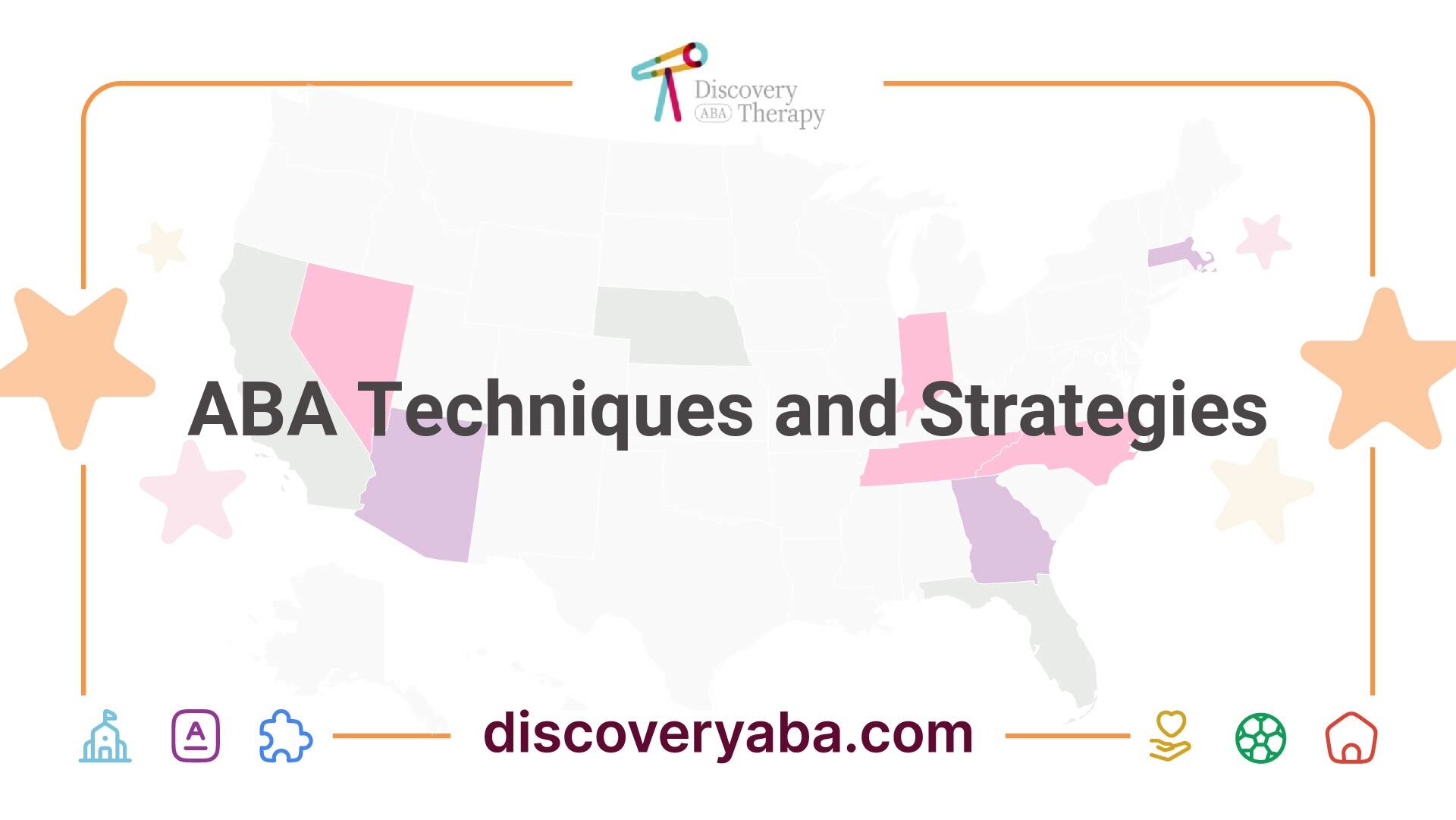
ABA Techniques and Strategies
Understanding the techniques and strategies utilized within Applied Behavior Analysis (ABA) can significantly enhance the experience for adults with autism. Two key strategies are positive reinforcement and the development of coping mechanisms.
Positive Reinforcement
Positive reinforcement is a core approach in ABA therapy aimed at encouraging desirable behavior changes. This technique involves providing a reward following a desired behavior, which increases the likelihood of that behavior being repeated. Rewards can vary widely and may include praise, toys, books, videos, or privileges like access to recreational activities (Autism Speaks).
Type of RewardExamplesVerbal PraiseCompliments and encouragementsTangible RewardsToys, books, or other tangible itemsActivity RewardsAccess to playgrounds or favorite activitiesPrivilegesExtra screen time or choice of a family activity
Coping Mechanisms
Coping mechanisms are essential strategies within ABA therapy that assist autistic individuals in managing harmful or destructive behaviors. Through this process, therapists work to identify specific triggers and teach safer, more effective responses. This can involve addressing underlying issues such as overstimulation or difficulty with communication (Autism Speaks).
The implementation of coping strategies often involves:
StrategyDescriptionTrigger IdentificationRecognizing situations that lead to negative behaviorsSafer AlternativesTeaching appropriate responses to triggersCommunication SupportProviding tools for expressing needs and feelings
These techniques not only empower adults with autism but also create an effective framework for developing independence and improving overall quality of life. For additional insights on behavioral strategies, you may explore aba for academic success in autism or aba for independence in adolescents with autism.
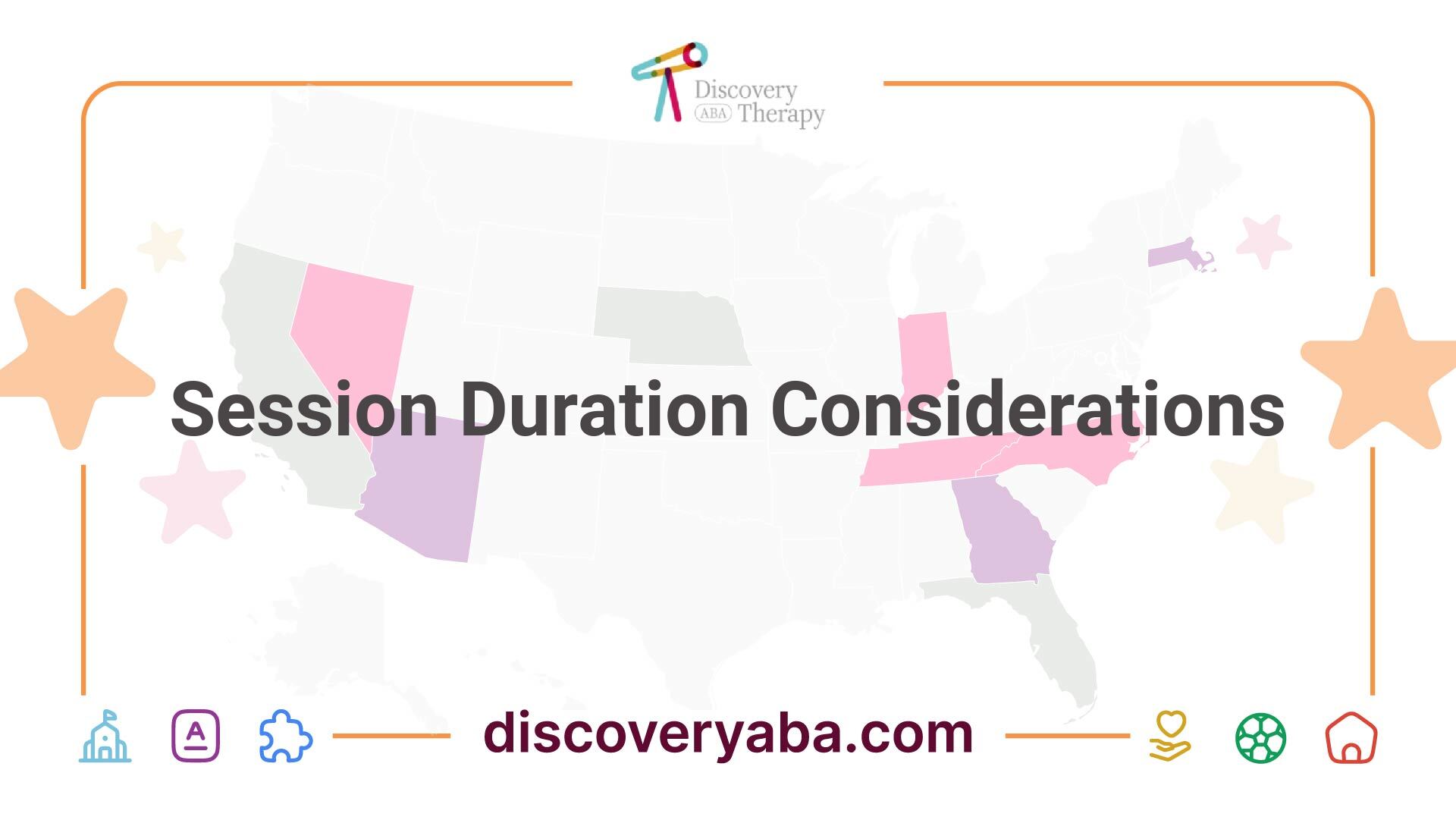
Session Duration Considerations
When it comes to ABA therapy, understanding the appropriate session duration is essential for optimizing the benefits for adults with autism. The length of each session can influence the effectiveness of the therapy and the overall learning experience.
Optimal Length
ABA therapy sessions typically range from 1 to 3 hours (Level Ahead ABA). Some programs even recommend up to 40 hours a week to achieve optimal results. However, it's vital to customize session lengths based on the individual's unique needs, learning pace, and family schedules.
Recommended Session LengthPurpose1 hourIdeal for quick skill reinforcement and check-ins1-2 hoursBalanced approach for effective learning without overwhelming2-3 hoursComprehensive sessions for deep work on specific goals
Finding the perfect session length is a collaborative effort involving therapists, parents, and caregivers. Regular check-ins allow for adjustments to session lengths, ensuring effectiveness while preventing burnout (Level Ahead ABA).
Balancing Effectiveness
Balancing session lengths in ABA therapy is crucial for achieving the best outcomes without overwhelming the individual. Factors such as age, attention span, learning style, and specific therapy goals must be taken into account. While many therapists begin with general guidelines, they can adjust them based on the individual's progress and needs (Level Ahead ABA).
Active parental involvement is highly encouraged during ABA therapy sessions. Parents can provide valuable feedback and observations that help tailor the sessions. Good communication between parents, therapists, and supervisors is essential for addressing any concerns regarding session lengths and ensuring that the goals for academic success, self-care skills, and social communication are met.
By maintaining an ongoing dialogue and adjusting session lengths as necessary, caregivers can support adults with autism in maximizing their learning potential during ABA therapy.
Find More Articles
Contact us
North Carolina, Tennessee, Nevada, New Jersey, Utah, Virginia
New Hampshire, Maine
Massachusetts, Indiana, Arizona, Georgia
.avif)



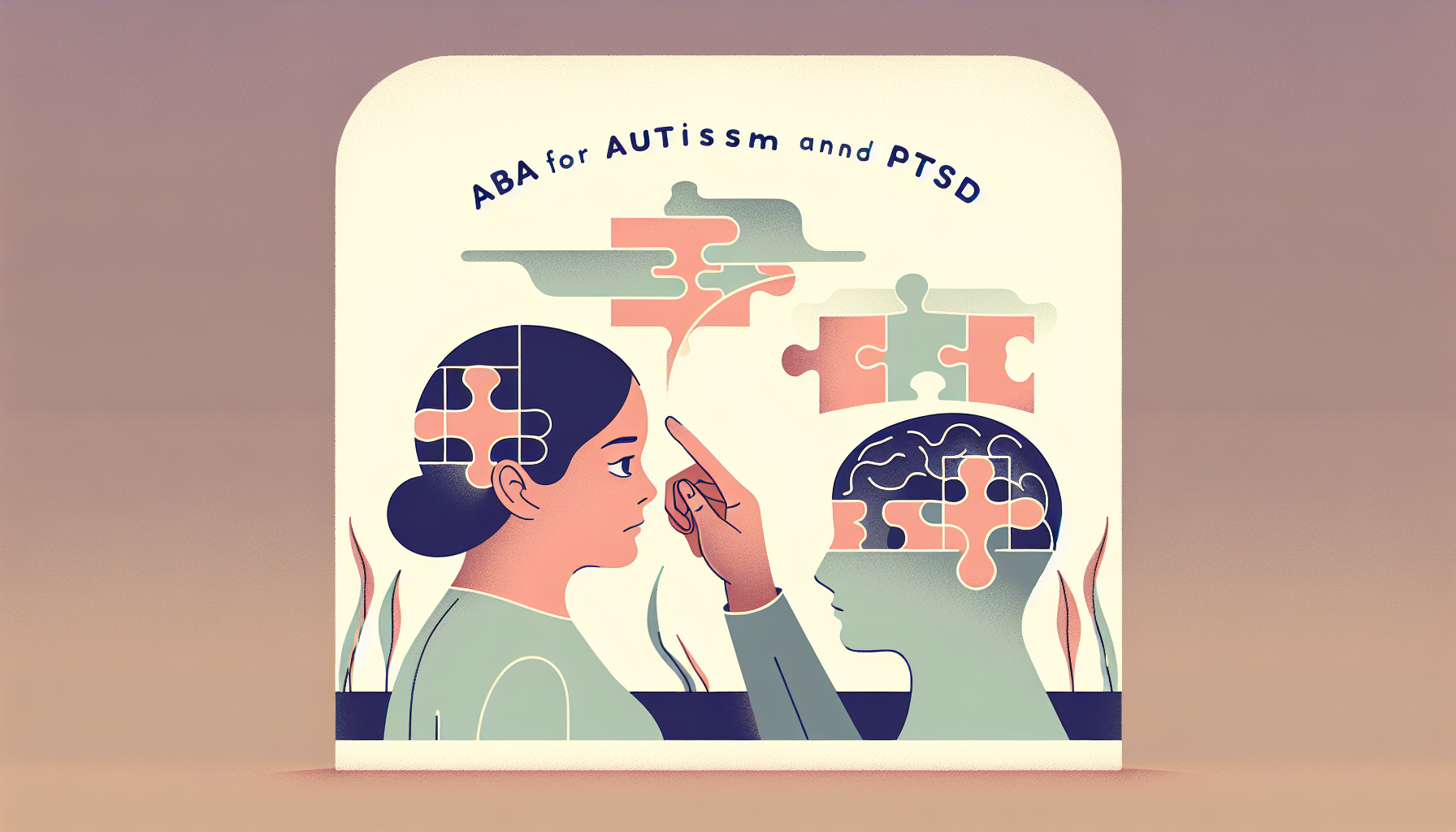
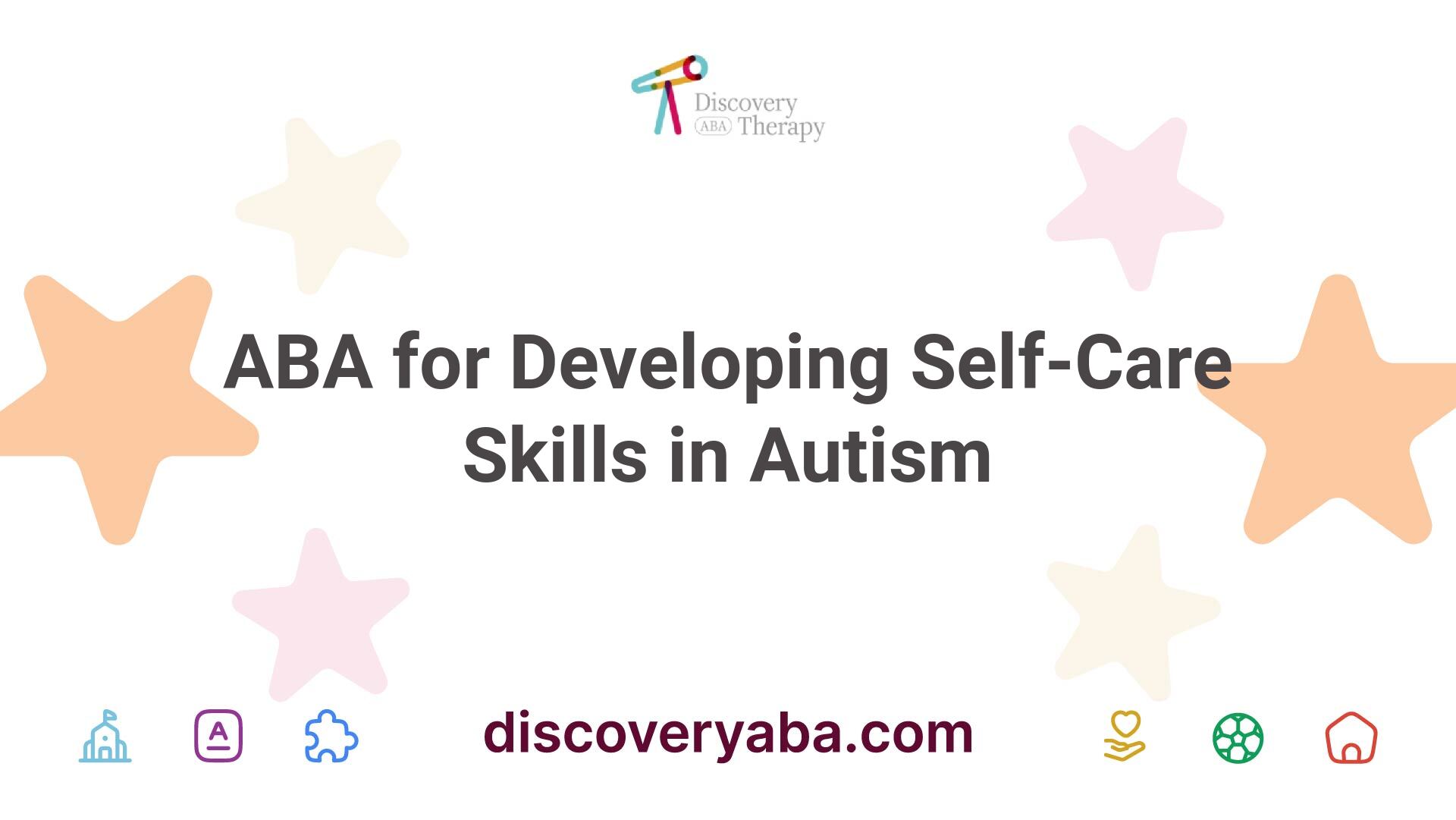
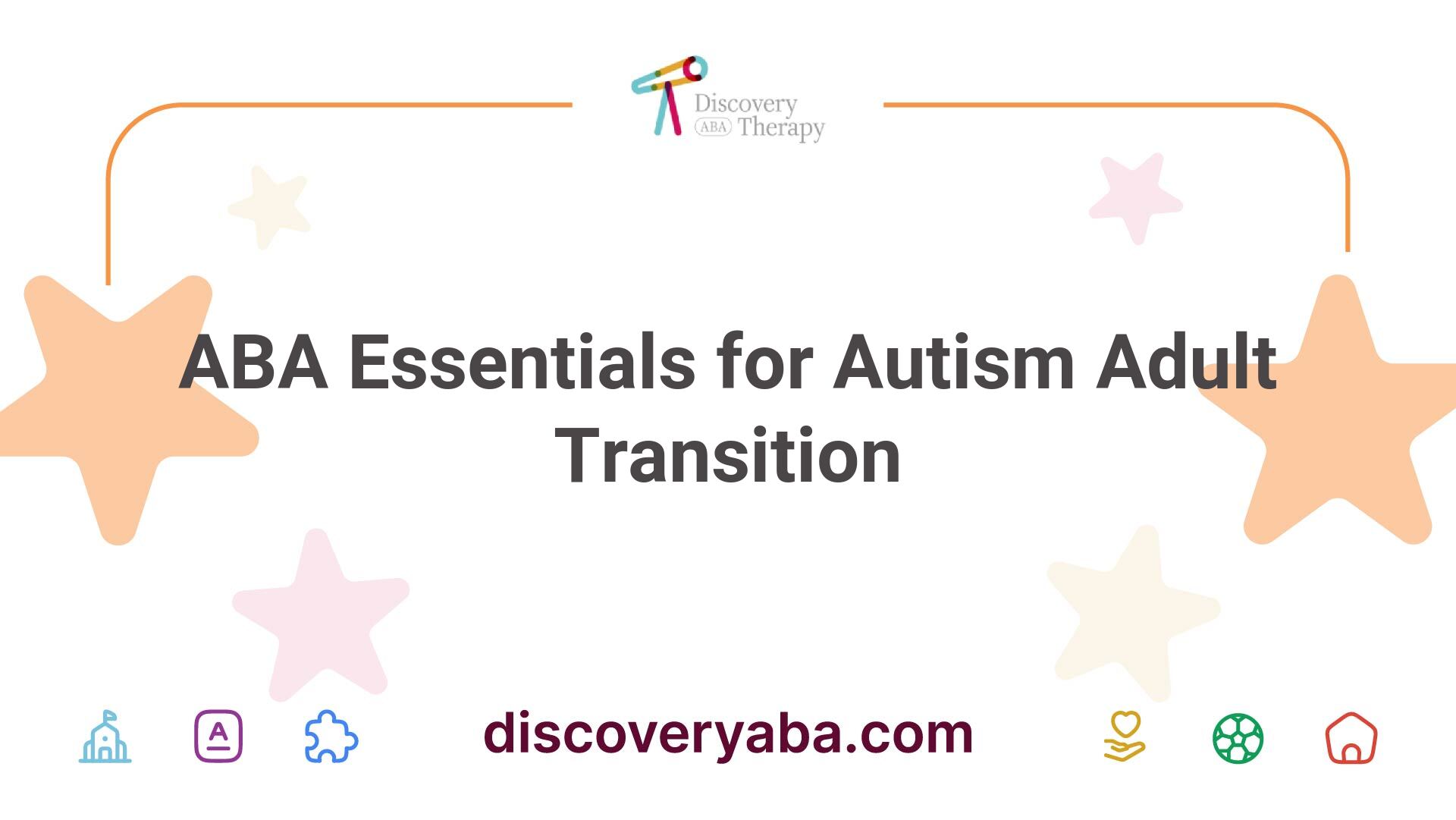





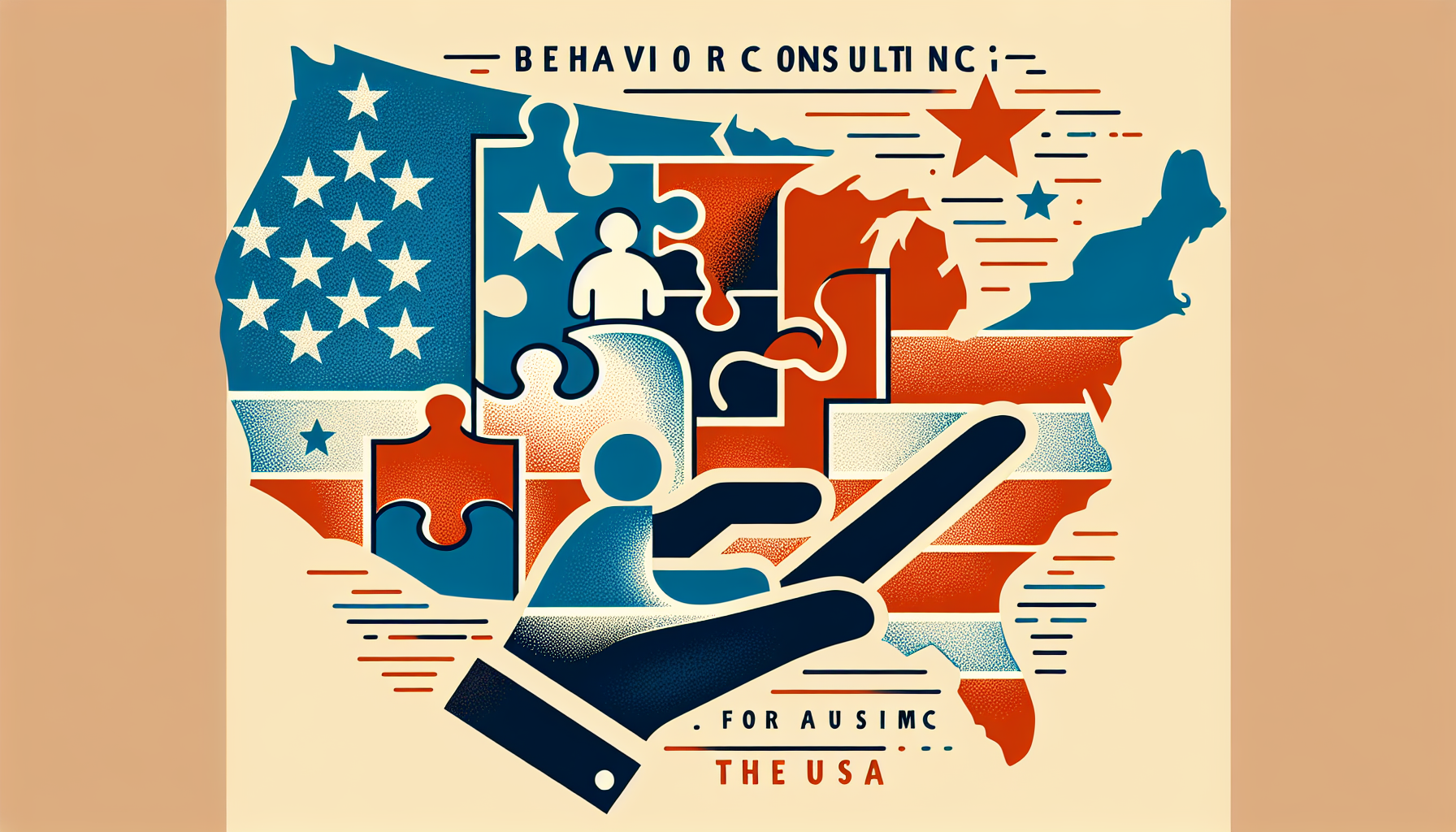



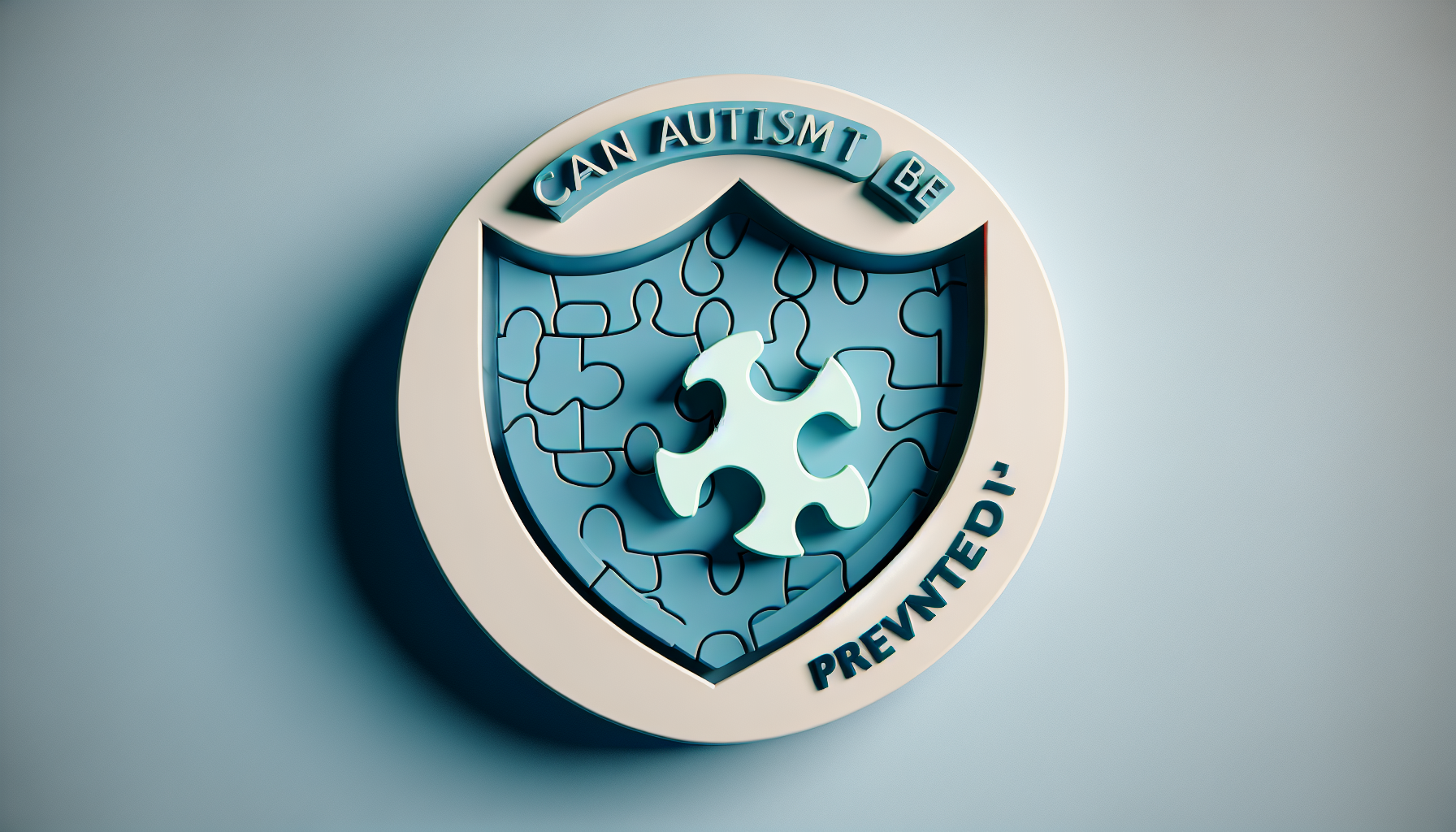
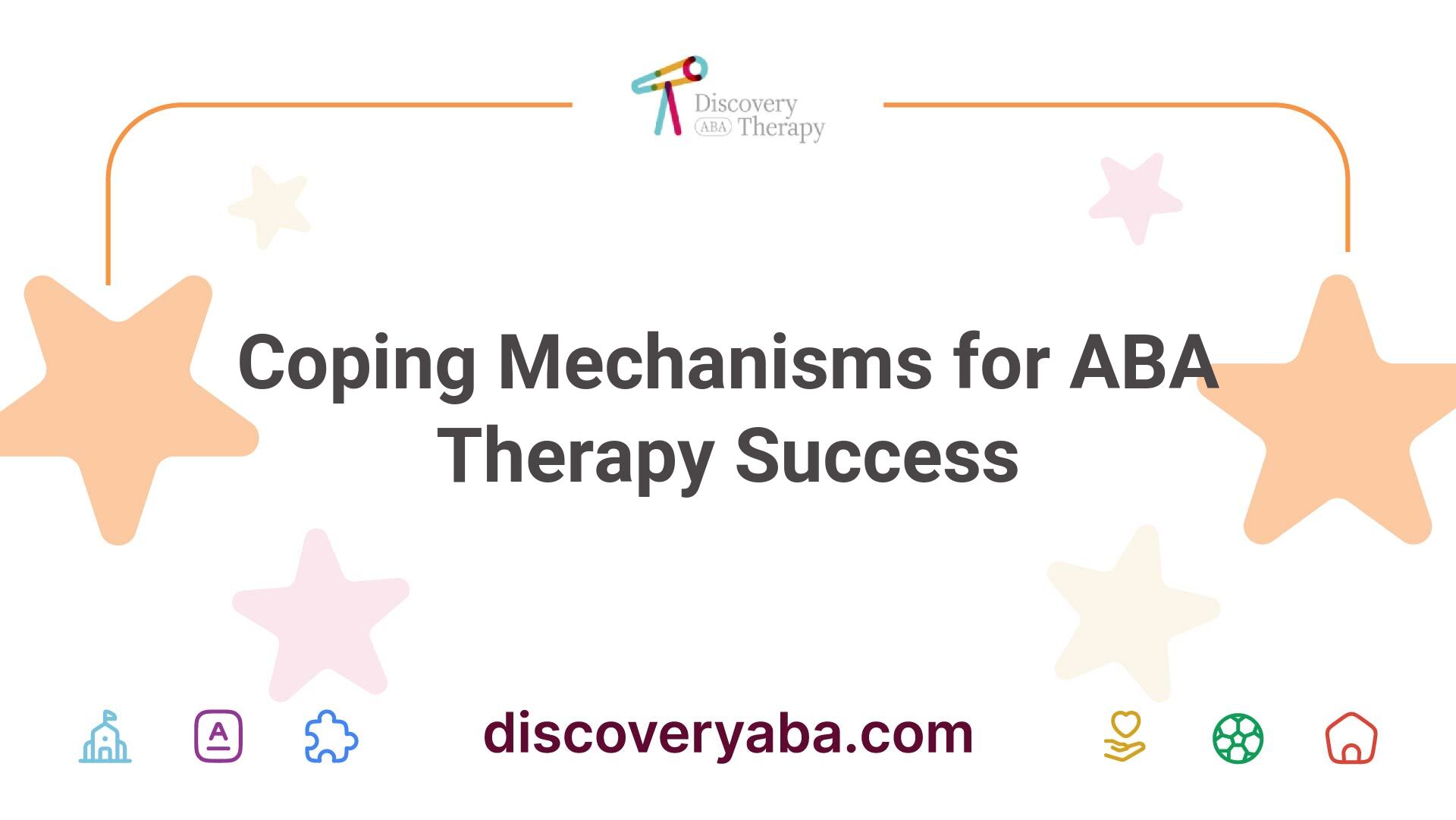





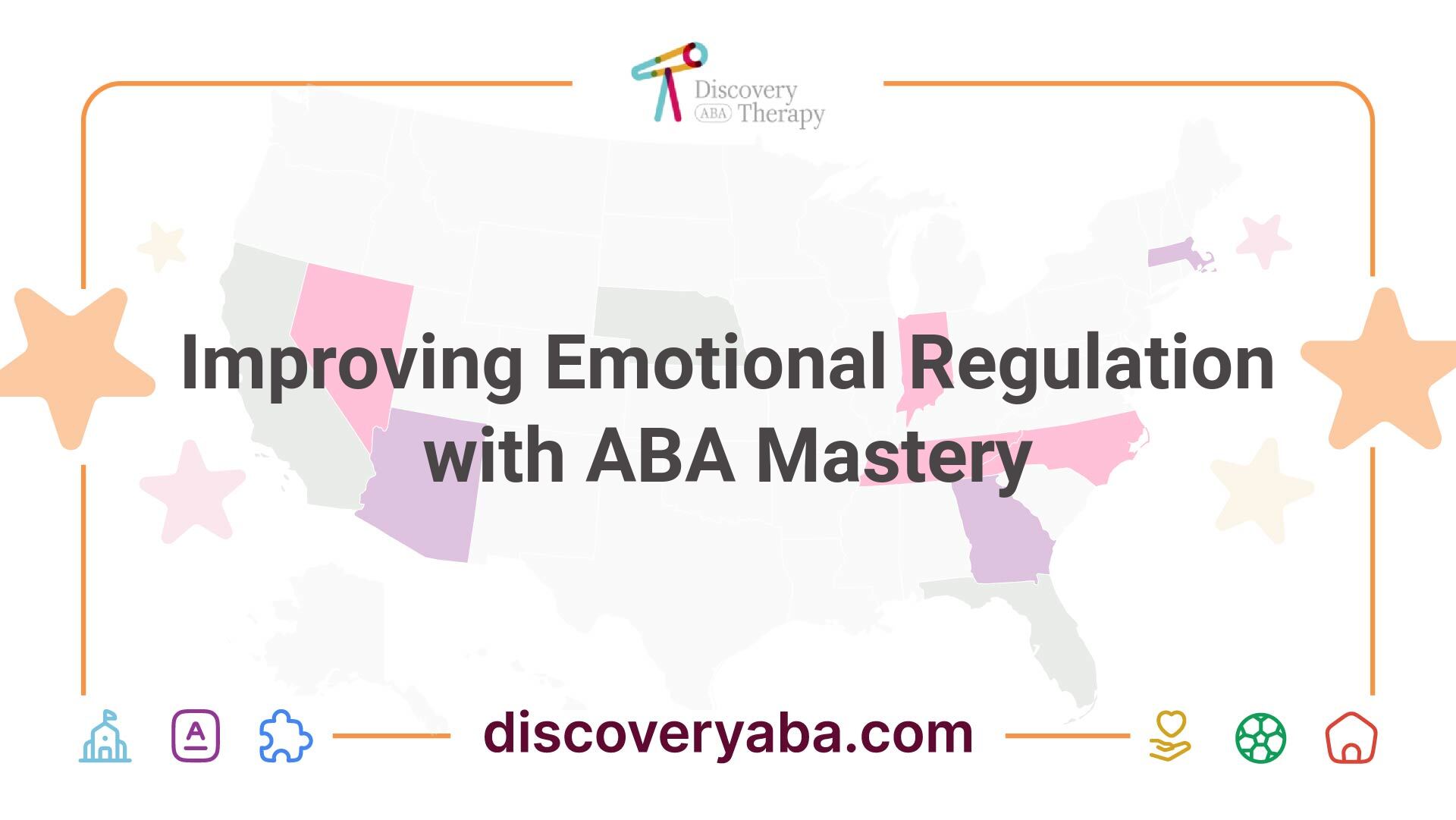




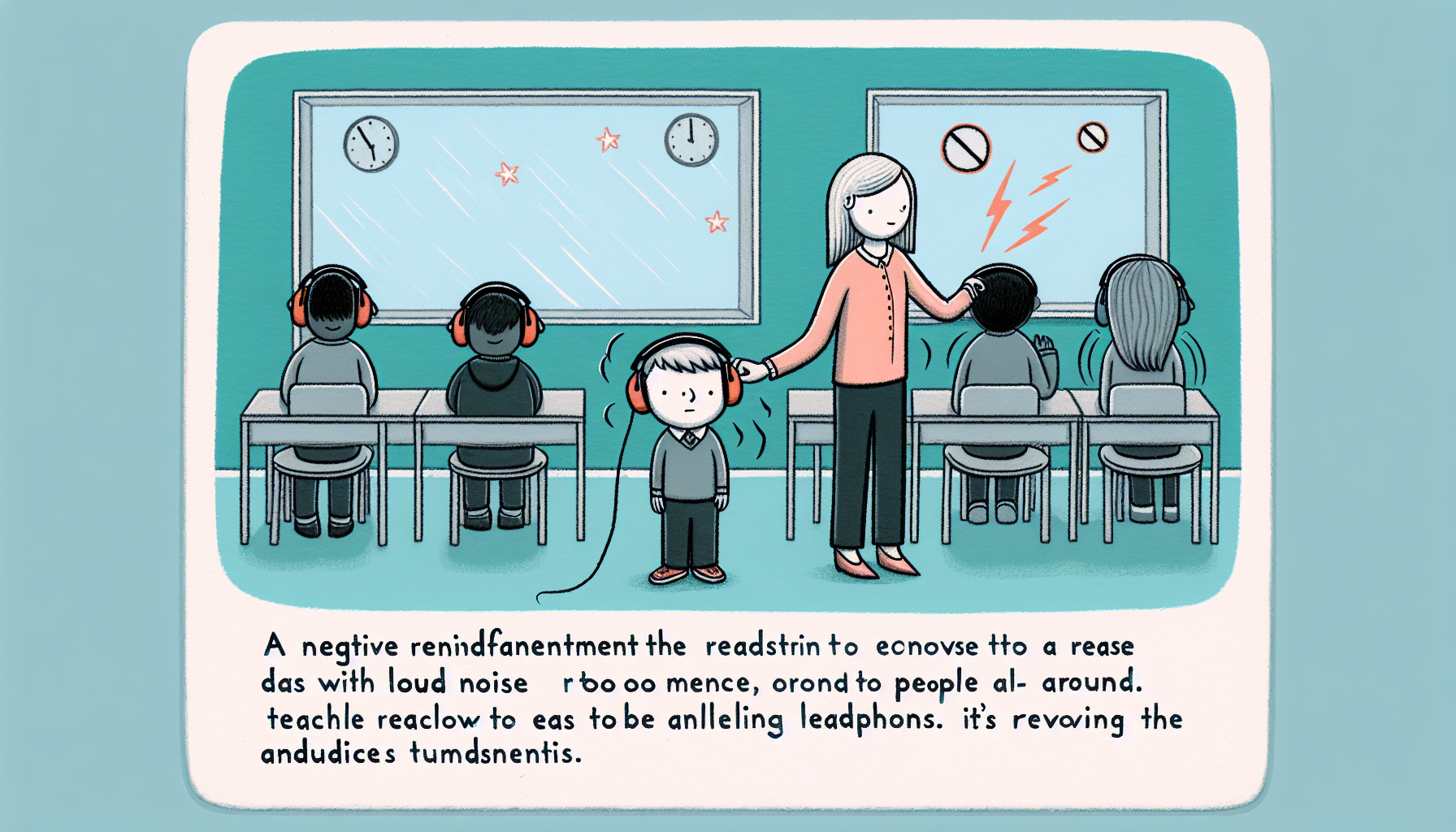

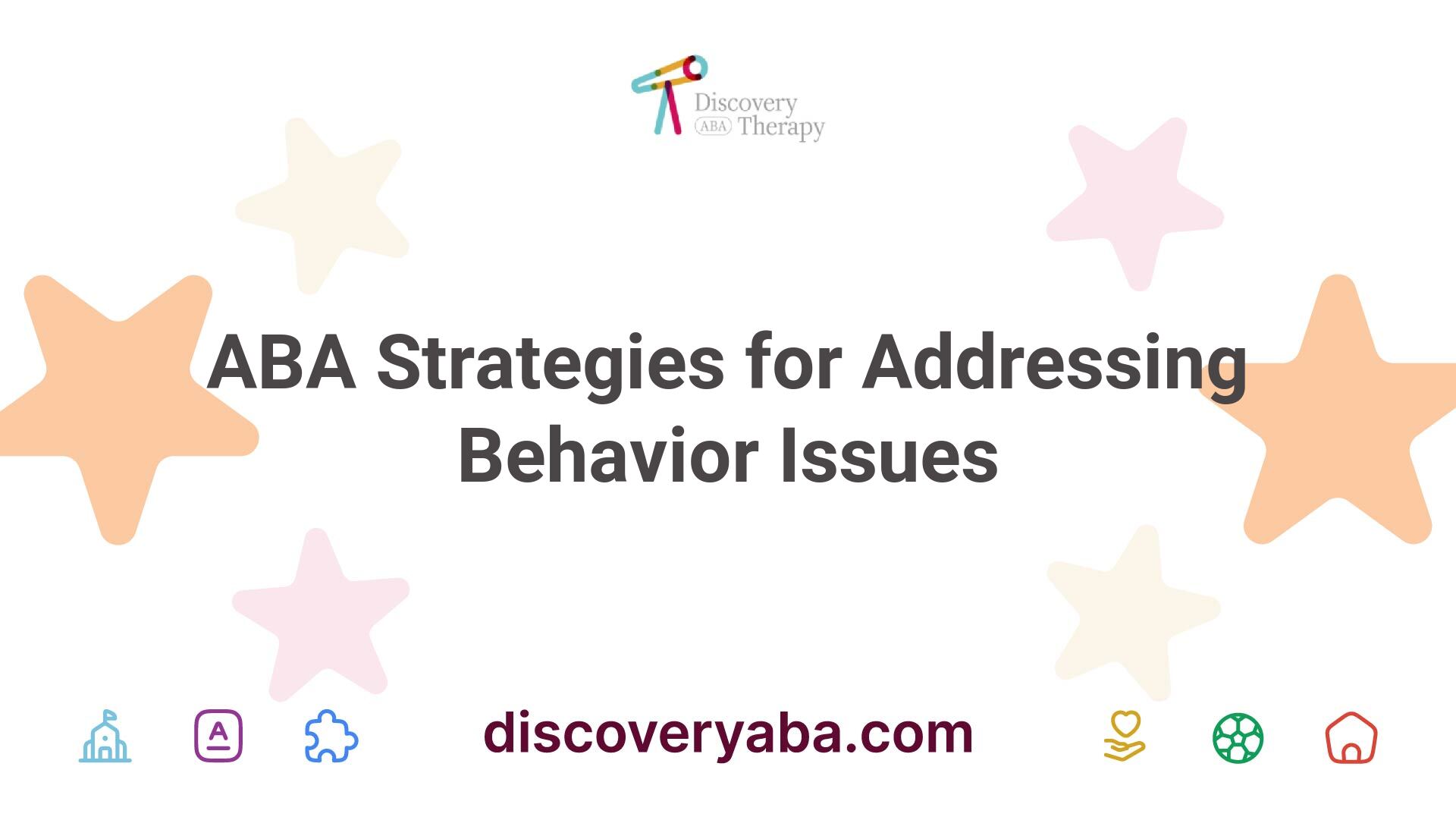
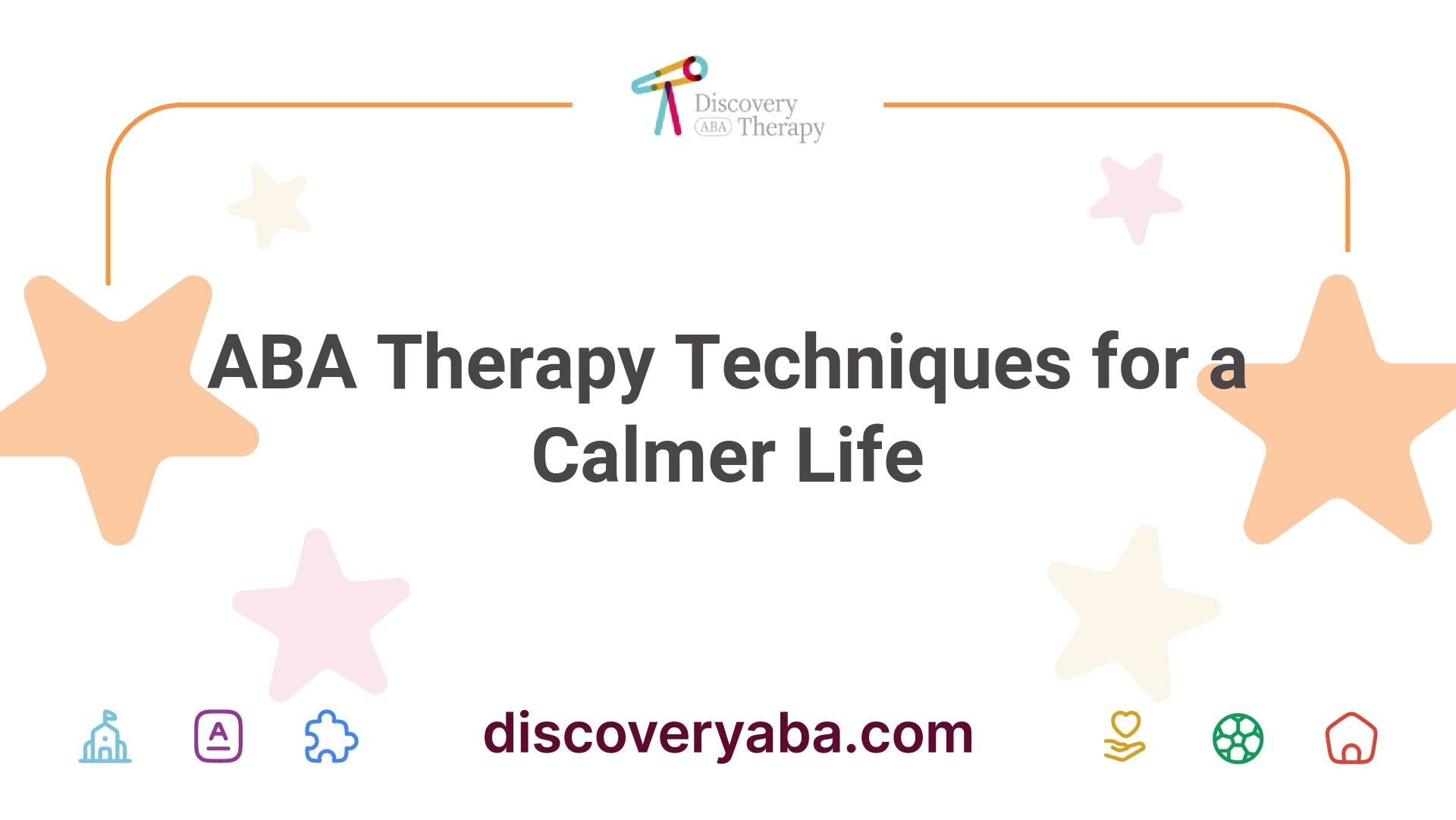



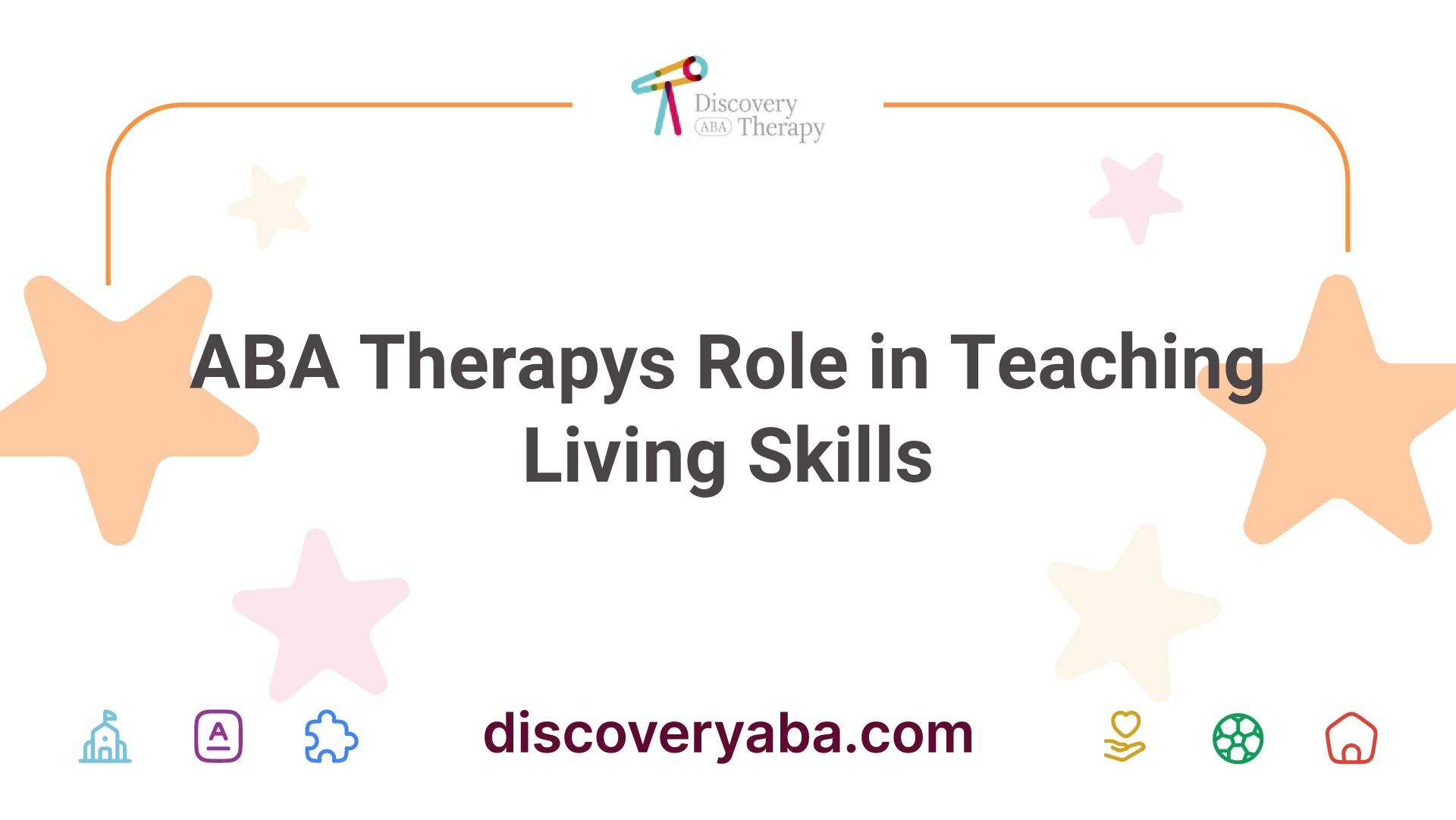
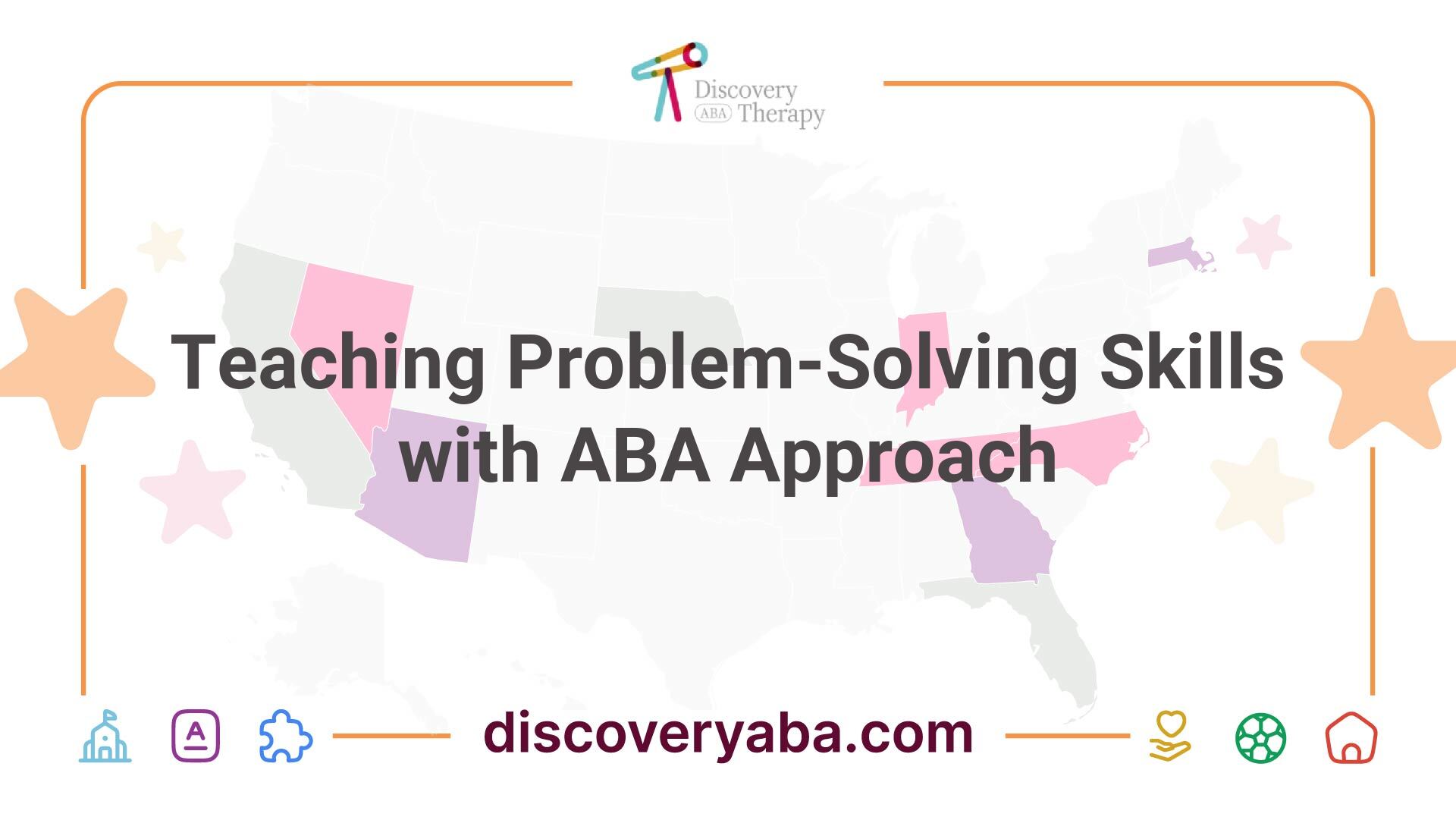





.jpeg)


























